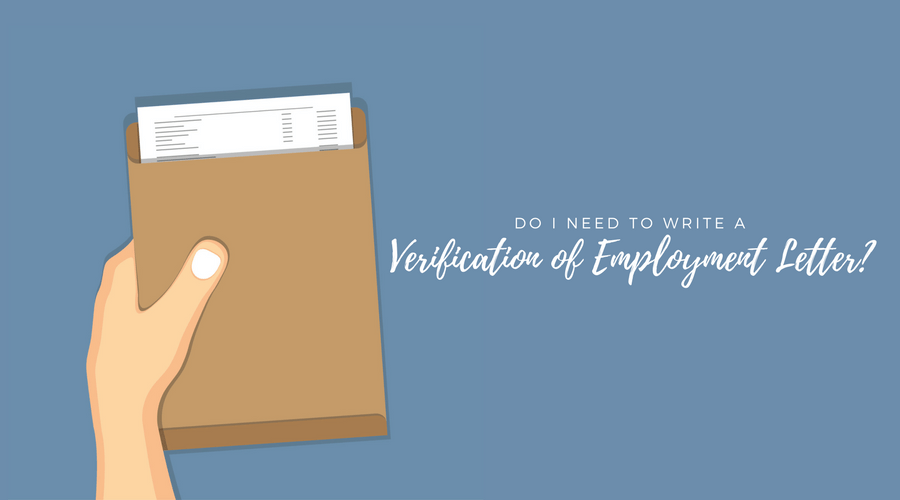Lunch Break Laws by State

This article was last edited on 11/13/2019. For updated information on state lunch break laws, visit https://www.dol.gov/whd/state/meal.htm.
Federal law does not require you to provide lunch breaks for your small business staff. And many states don’t require you to give your team lunch breaks, either. But, if you have employees in any of the following 19 states, you may be required to provide them with time to eat each day.
Click on a state below to learn more about their requirements:
California | Colorado | Connecticut | Delaware | Illinois | Kentucky | Maine | Massachusetts | Minnesota | Nevada | New Hampshire | New York | North Dakota | Oregon | Rhode Island | Tennessee | Vermont | Washington | West Virginia
California
You need to give a worker a 30-minute break if they work at least five hours in the workday. If they work 10 or more hours, you must also give them a second 30-minute break. For shifts lasting 10 hours or longer, you will typically need to give team members a 30-minute break during the first five hours of their shift and another break in the latter part of their shift. You will need to pay them for an additional hour of work at their regular rate for any workday they don’t get a break.
Colorado
If one of your employees works five hours or longer in a workday, you will need to give them a 30-minute lunch break. You don’t have to pay them for their break time as long as they are relieved of all their job duties and can pursue personal activities during that time.
Connecticut
In Connecticut, you must give your employees a 30-minute break if they work seven and a half hours or more in a day. It should occur sometime after their first two hours of work and before their last two hours of work. For example, if your team member works from 8 a.m. to 5 p.m., they should get a 30-minute break sometime between 10 a.m. and 3 p.m.
Read also: How Time Tracking Software Benefits Your Business
Delaware
If anyone works seven and a half hours or more in a day, they’re entitled to a 30-minute, uninterrupted break.
There are some exceptions, however. You do not have to provide time to eat if
- compliance would negatively affect public safety, including the possibility of harm or damage to any person or property
- the worker is the only person who can perform the position’s duties
- you have five or fewer employees at one location during that shift
- the team member must always be able to respond to conditions, like in chemical production or research experiments
If any of those exceptions apply, your workers must be allowed to eat at their workstation and use the restroom as needed.
Illinois
If any of your staff members works seven and a half hours or more, you must give them a 20-minute break for lunch. It cannot be given more than five hours after the start of the shift. For example, if an employee’s shift starts are 8 a.m., they should take their break before 1 p.m.
Kentucky
You must provide workers with a reasonable lunch period near the middle of their shift. There are no set rules on the length, but it must be given between their third and fifth hours of work. For example, if a worker begins work at 8 a.m., they must take their break sometime between 11 a.m. and 1 p.m.
Maine
If an employee works six or more consecutive hours, they must be given a 30-minute, uninterrupted lunch break. If you have three or fewer staff members, you can divide the break into shorter periods that add up to 30 minutes.
Massachusetts
Workers in Massachusetts are entitled to a 30-minute meal break during a shift that lasts six hours or longer.
Minnesota
In Minnesota, you must give your workers enough time to eat a meal. If you are unsure how much time to give your team, ask them how long they typically need to finish their lunch or dinner. Then, use their answers as a starting point for determining how long breaks should be.
Nevada
Workers are entitled to a 30-minute lunch break if they work for at least eight continuous hours.
New Hampshire
Typically, you must give your staff members a 30-minute meal break for every five consecutive hours they work.
New York
If a staff member works during the lunch period (which starts at 11 a.m. and ends at 2 p.m.), they must be given a 30-minute meal period during that time. If the person’s shift begins before 11 a.m. and extends past 7 p.m., you must give them a second 20-minute break. If someone works for at least six hours and their shift begins between 1 p.m. and 6 a.m., they’re entitled to a 45-minute break.
If there is only one employee on the job, they can volunteer to skip lunch. However, they must be allowed to eat at their workstation, and you must grant them a break if they ask for one.
North Dakota
Anytime there are at least two employees on duty, they must get a 30-minute meal break if they work for at least five hours.
Oregon
If an employee’s shift is six or seven hours, they must get a 30-minute break between the second and fifth hours of their shift. For example, if someone begins work at 8 a.m., their break should occur sometime between 10 a.m. and 1 p.m.
If someone works longer than seven hours, they must get a 30-minute break between the third and sixth hours of work. For example, if their shift begins at 8 a.m., they should take their break between 11 a.m. and 2 p.m.
Anyone who works for 14 hours or more is entitled to a second meal period.
Rhode Island
In Rhode Island, anyone who works a six-hour shift is entitled to a 20-minute lunch break. You must give 30-minute breaks to staff members who work eight hours or more in a day.
Tennessee
Generally, you must give your workers a 30-minute meal break if they work for six or more hours. However, tipped employees can waive their lunch break if you both agree.
Vermont
In Vermont, you must give your staff reasonable opportunities throughout their shifts to eat and use the restroom.
Washington
Any team member who works at least five hours in a workday is entitled to a 30-minute break. This break must be given between the second and fifth hours of their shift. For example, if an employee’s shift begins at 8 a.m., they should take their break sometime between 10 a.m. and 1 p.m.
You must provide a second 30-minute break before any overtime shift that is three hours longer than the team member’s typical workday.
West Virginia
Employers must give anyone who works six hours or more at least one 20-minute break. There is an exception, however. If you let our staff eat while working, or if you schedule a lunch break period, this 20-minute requirement doesn’t apply. It’s also worth noting that your team doesn’t have to take all 20 minutes at once. Instead, they can take shorter breaks throughout their shift.


